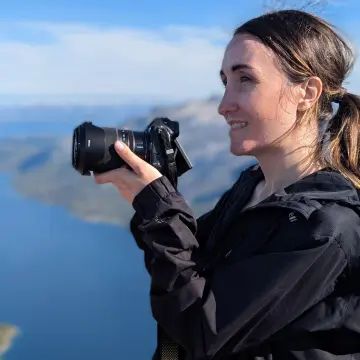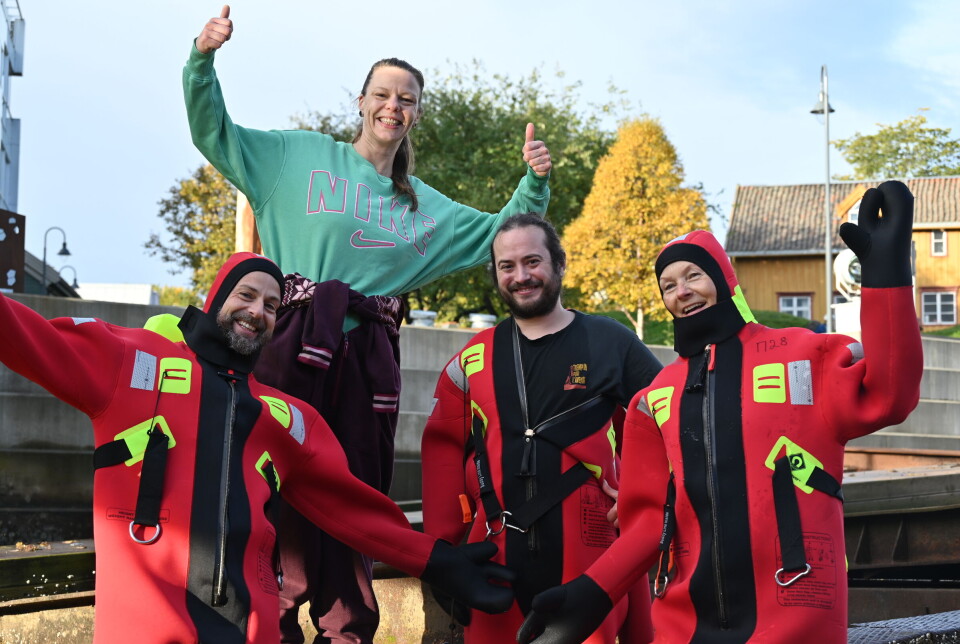
Is Norway’s Arctic capital prepared for this year’s wave of winter tourists?
With the transition to winter underway, the high tourist season in Tromsø is also approaching. How will the local airport and accommodation facilities cope this time?
Last winter, over 300,000 international passengers passed through Tromsø Airport. Avinor expects this figure to increase by 150,000, NRK reported earlier.
Most tourists come to see the northern lights, ride a husky sled, go on a whale safari, ski, or try seafood in the local restaurants.
Airport at its limit
With the number of flight passengers rising, Tromsø Airport reached the limit of its capacity earlier this year, as reported by the Barents Observer. To welcome the new winter season 2025/2026 with less stress, the airport has introduced some changes.
From September until April next year, the airport is hiring 18 new people to help deal with the large volume of international traffic.
"Last year, we had around 40 people; now, we have almost 60. It's a game-changer,” the airport manager, Ivar Helsing Schrøen, told the Barents Observer. "We have, for example, employed people to help tourists find their way around the terminal building.”
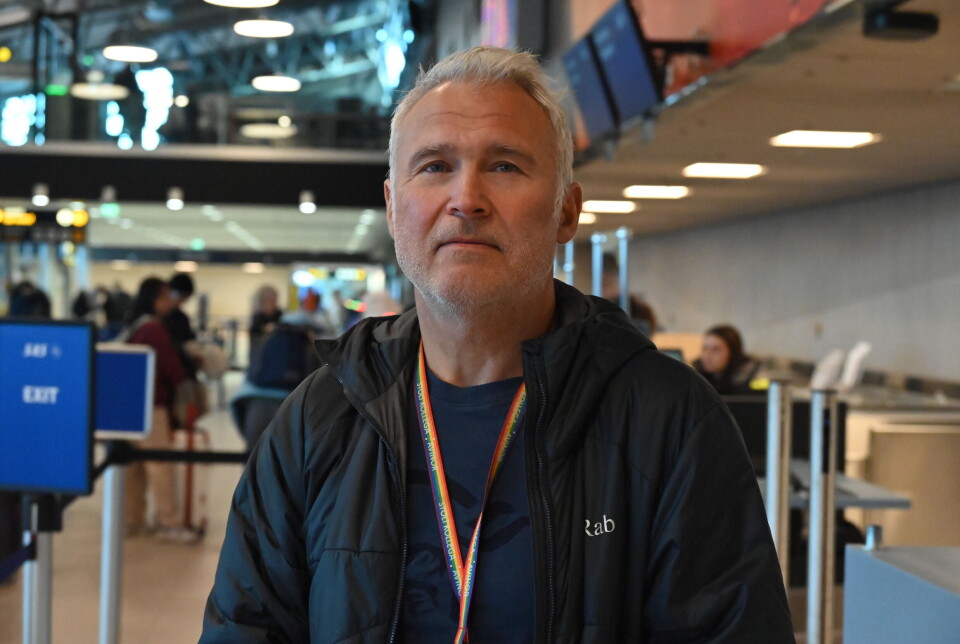
Schrøen added that there is a shortage of people to hire in Tromsø, meaning that many of the new employees come from other countries and regions in Norway.
Despite the increase in staff, Schrøen emphasises that some chaotic days will be unavoidable.
"In winter, the days can be really tough here. We have a subarctic climate. We can be closed for two or three hours at a time because of bad weather. This inevitably leads to a lot of lines in the terminal.”
The airport's capacity is around 2.7 million passengers per year. By the end of 2025, Schrøen estimates this figure will have increased to 2.8 million.
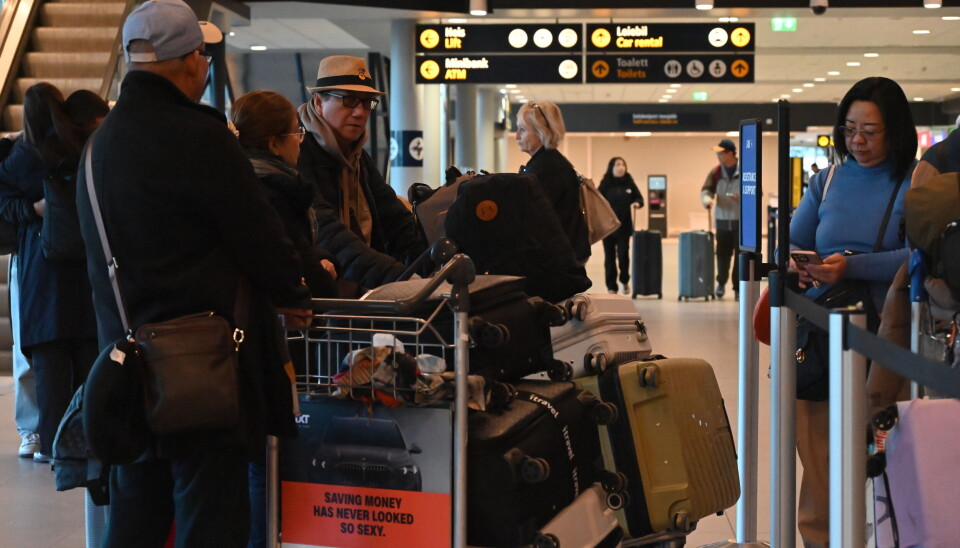
“We don’t have any more capacity at security control, which is why we have started planning an additional security scanning line. It will open by 2028,” he said.
Despite reaching its capacity limit, the airport continues to accommodate new flight routes. In addition to the new direct flights introduced last year, Irish airline Aer Lingus will open a new direct route between Dublin and Tromsø in December 2025, the local newspaper iTromsø reported.
But if the capacity is exceeded, how can they accommodate more? Schrøen seems optimistic, explaining that, while the airport doesn't have the capacity to accept flights during rush hour, the new flights will be scheduled for less busy time slots.
Despite the opening of a new international terminal in 2024, Schrøen described the capacity for international traffic as "a little too small", and said that this would not improve for the upcoming season:
If it were that easy to build another terminal, I would say yes, but it's not. If the runway capacity is limited, it stops there. Why should we build a new terminal if we can't accommodate more planes?”
Expensive hotels
Accommodation facilities across the Troms region experienced a 5% increase in August 2025 compared to August 2024, so the situation promises to remain busy, NRK reported.
"We believe there is a need for a high-end hotel in Tromsø, given that the winter season is a popular time of year," Poul-Henrik Remmer, general manager of the recently opened The Dock 69°39 hotel, told the Barents Observer.
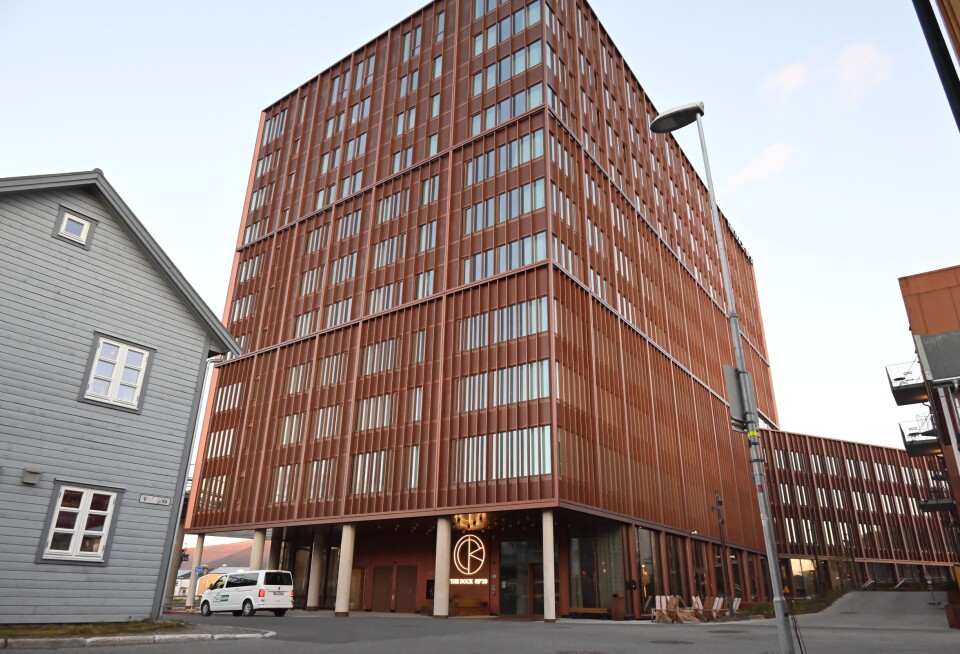
This hotel, located in the heart of Tromsø, opened in June 2025 and is regarded as the largest hotel in northern Norway. It has 305 rooms, two restaurants and bars, and conference rooms for 200 people. It also has a wellness centre and gym.
Poul-Henrik Remmer declined to provide any occupancy figures for the hotel in the upcoming winter months, stating only that they “expect the same activity as the rest of the city.”
The standard room for one person in December now costs more than 4,000 kroner per night, which is around €350. Several Tromsø residents the Barents Observer spoke with expressed concern that the hotel prices in town are unaffordable.
“Hotel prices in Tromsø are sky high. It's crazy,” a Tromsø resident told the Barents Observer before rushing out to catch a flight at the airport. “Tourism is good for many restaurants, for example, they depend on it. But the problem is that hotel prices are going up.
3,500 NOK (€300) for a night - that's totally crazy,” the Tromsø resident exclaimed.
"Hotel prices are going up because of high demand," said Gunnar Nilssen, senior advisor at NHO Reiseliv, Norway's largest community of 3,800 leaders in catering, accommodation, and tourism.
High prices are one of the main reasons why locals in Tromsø are unhappy about the influx of tourists. In this context, the Airbnb short-rental market is thriving, which has had a negative impact on the long-term rental market, iTromsø reported.
However, Riccardo, a tourist from Pisa whom the Barents Observer interviewed in the harbour, had some advice for the locals:
"I don't think that tourists are a problem. In our little city, in Pisa, there are a lot of tourists too. Tourism for me is the coolest thing for a country. I myself rent a house to tourists in Pisa," Riccardo said.
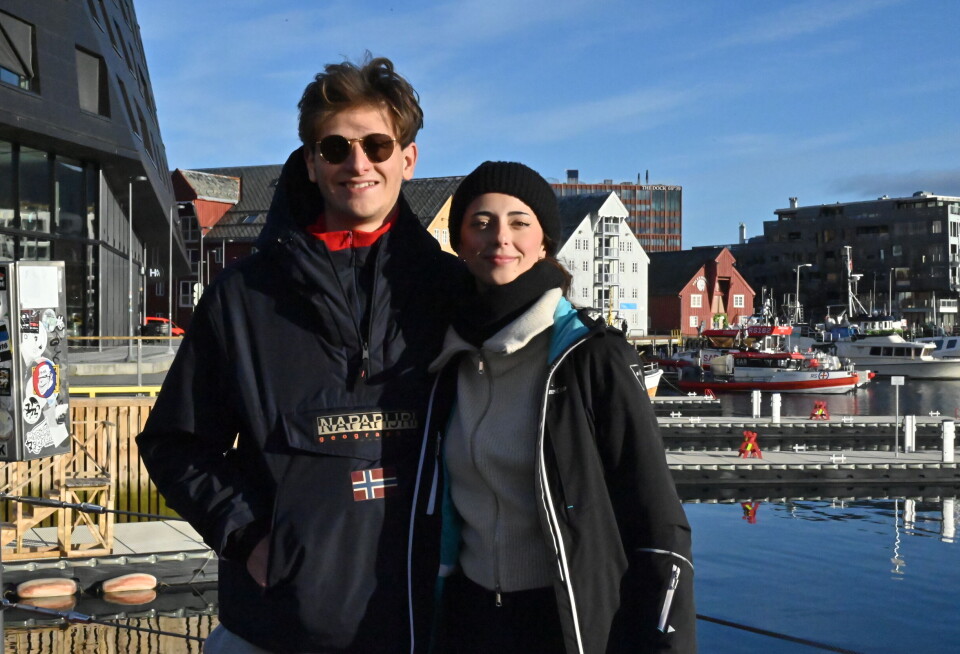
Overtourism?
In June of this year, amid concerns about overtourism, the Norwegian government approved a new levy that allows municipalities to introduce a 3% tax on hotel, Airbnb, and hostel stays. However, the documentation still needs to be finalised before it can be implemented, Euronews reported.
“Tromsø is well prepared for the upcoming winter season. The city offers a wide range of hotels and high-quality activity providers”, Lone Helle, Managing Director at Visit Tromsø-Region - one of Norway’s largest destination companies with over 200 partners affiliated with tourism - told the Barents Observer.
But there are also challenges linked to a growing, unorganized part of the tourism industry that comes during the high season to “skim the cream” before leaving again”, Helle continued.
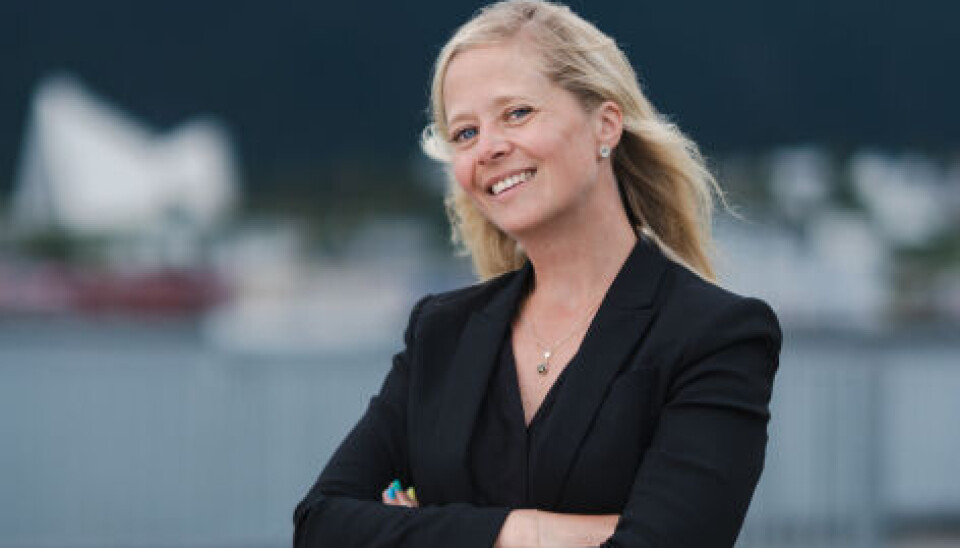
“This is a real concern particularly in activity-based tourism such as Northern Lights experiences, that needs to be addressed urgently, before it starts affecting the responsible, organized tourism sector and the destination’s overall reputation", - she said. "We are glad that the police have increased the frequency of their inspections during the high season, which is important for maintaining safety and professionalism across the industry.”
An employee at the office of a tour agency in central Tromsø highlighted to the Barents Observer the same problem - an increase in the number of unregistered tour guides and tourists who decide to do things independently without the help of local professionals.
They, for example, rent a car and then drive on their own - without realizing how dangerous it could be to drive on the Arctic roads," the employee said.
Lone Helle from "Visit Tromsø" emphasised that for her company it is important to "provide important updates on weather and driving conditions, avalanche risk, outdoor safety, and drone regulations".
Helle acknowledges the problem that the winter season can be busy, and that "the pressure on the local community can at times be high”.
The experts that the Barents Observer spoke to emphasised that introducing new bus routes, for example, is improving the situation.
"From 13 October, we are adding departures to bus route 26 – the one between the city centre and the cable car (Fjellheisen)," Knut Arne Mortensen, head of communications at Troms County Municipality, told the Barents Observer. "Many tourists will visit and use the cable car this winter, which increases the need for more departures."
An additional 9 bus routes in Tromsø have also been opened in September this year.

